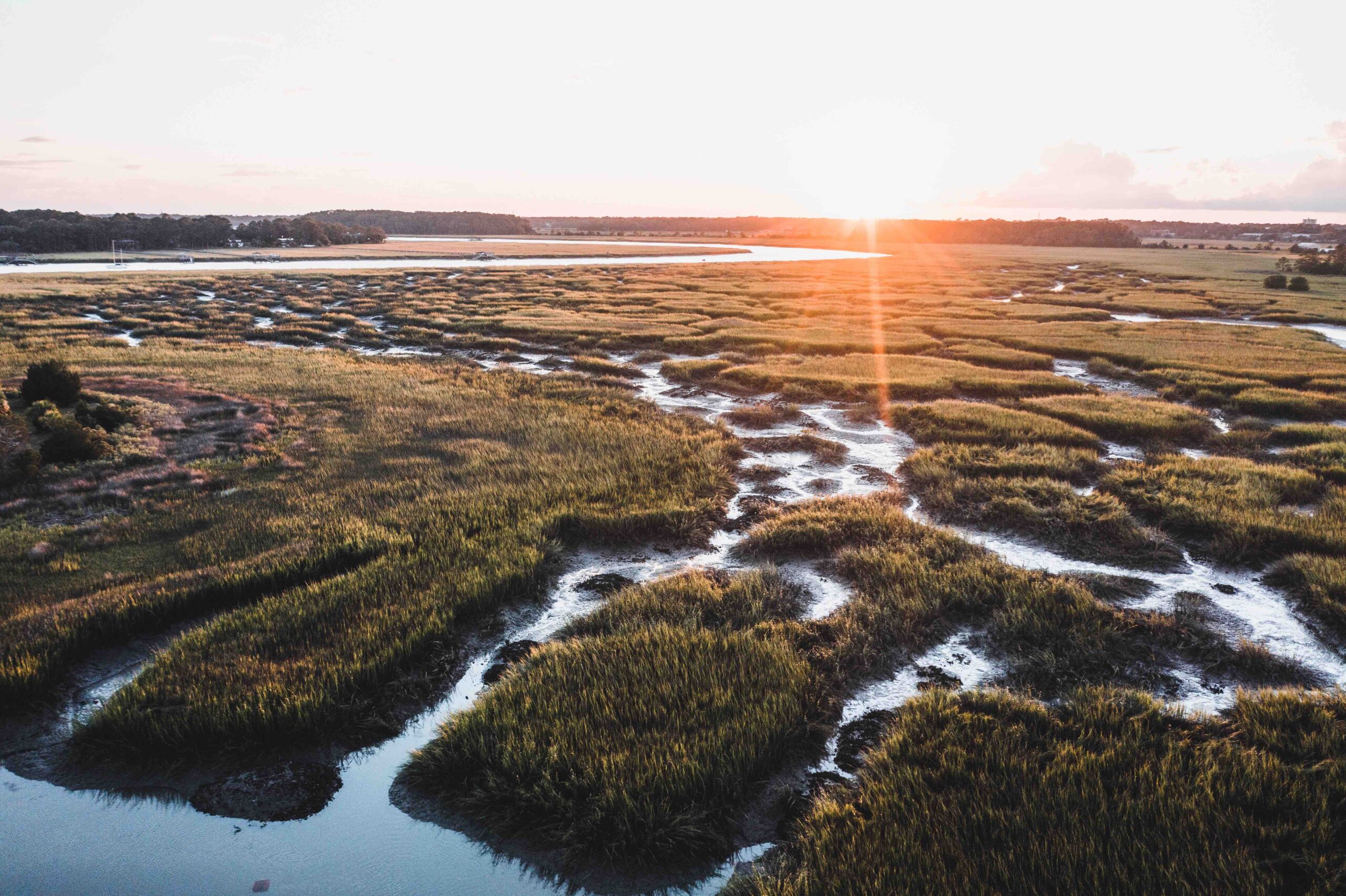On May 25, 2023, the United States Supreme Court released its highly-anticipated opinion in Sackett v. EPA, a lawsuit concerning the scope of wetlands jurisdiction under the Clean Water Act (“CWA”). This decision from the Court intends to clarify when a wetland may be considered a water of the United States or WOTUS. Only those waters identified as a WOTUS receive CWA protection.
Prior to Sackett, the Environmental Protection Agency (“EPA”) interpreted WOTUS according to the Supreme Court’s 2006 decision, Rapanos v. U.S, which also considered the scope of wetlands jurisdiction. Instead of issuing a majority opinion in Rapanos, the Court issued both a plurality opinion – an opinion that the largest number of Justices signed onto, but not enough to result in a majority – and a concurring opinion written by Justice Kennedy who agreed in the outcome of the case, but not the legal reasoning. In the plurality opinion, the justices concluded that only those wetlands that share a “continuous surface connection” with relatively permanent bodies of water should be considered WOTUS. The concurrence concluded that wetland jurisdiction should be determined based on whether the wetland possessed a “significant nexus” to a recognized WOTUS. A significant nexus exists when a wetland “significantly affect[s] the chemical, physical, and biological integrity of other covered waters[.]”
Following Rapanos, EPA engaged in several rulemaking attempts to define WOTUS, including the most recent rule finalized earlier this year that interpreted WOTUS to include wetlands that meet either test. However, many felt that the “significant nexus” test created uncertainty for regulated parties. The plaintiffs in Sackett asked the Supreme Court to formally adopt the “continuous surface connection” test, arguing that the plurality’s test was both a more accurate interpretation of the CWA and provided greater clarity for landowners. The Court agreed with the plaintiffs and decided to officially overturn the “significant nexus” test and confirm that only those wetlands that share a continuous surface water connection with relatively permanent bodies of water could fall under the definition of WOTUS and receive full CWA protection. To learn more about the Court’s decision, click here.
Rollins, Brigit. “U.S. Supreme Court Issues Important Clean Water Act Ruling.” Southern Ag Today 3(26.5). June 30, 2023. Permalink
Photo by Cam Green: https://www.pexels.com/photo/aerial-view-of-wetland-near-a-river-10144176/

